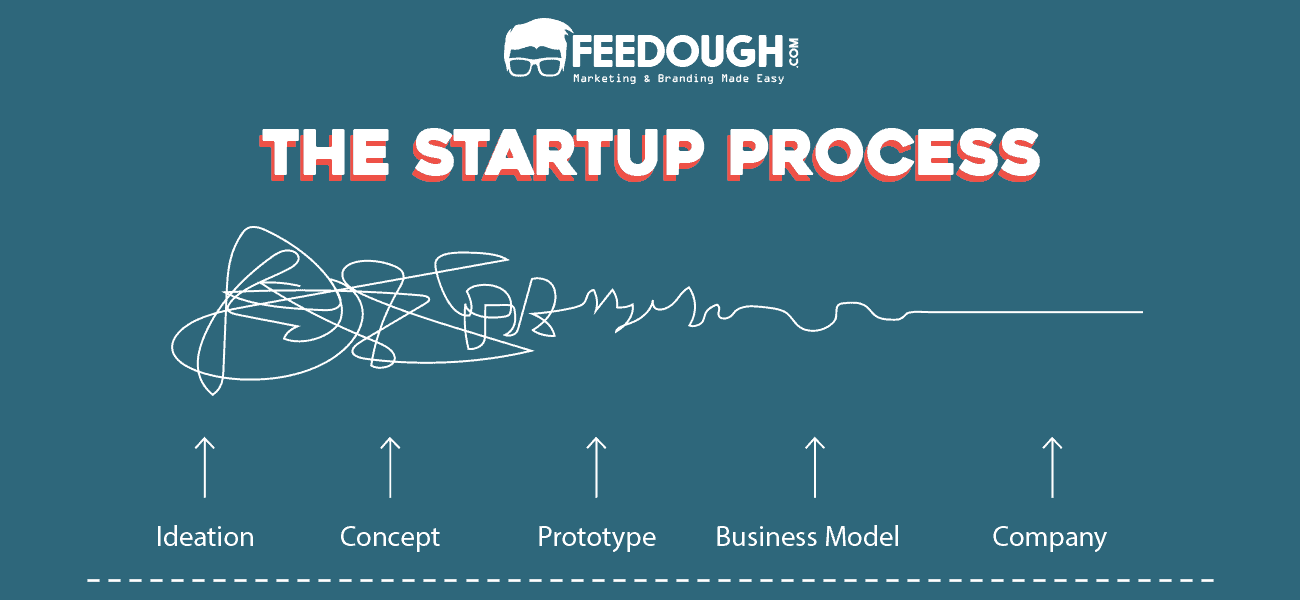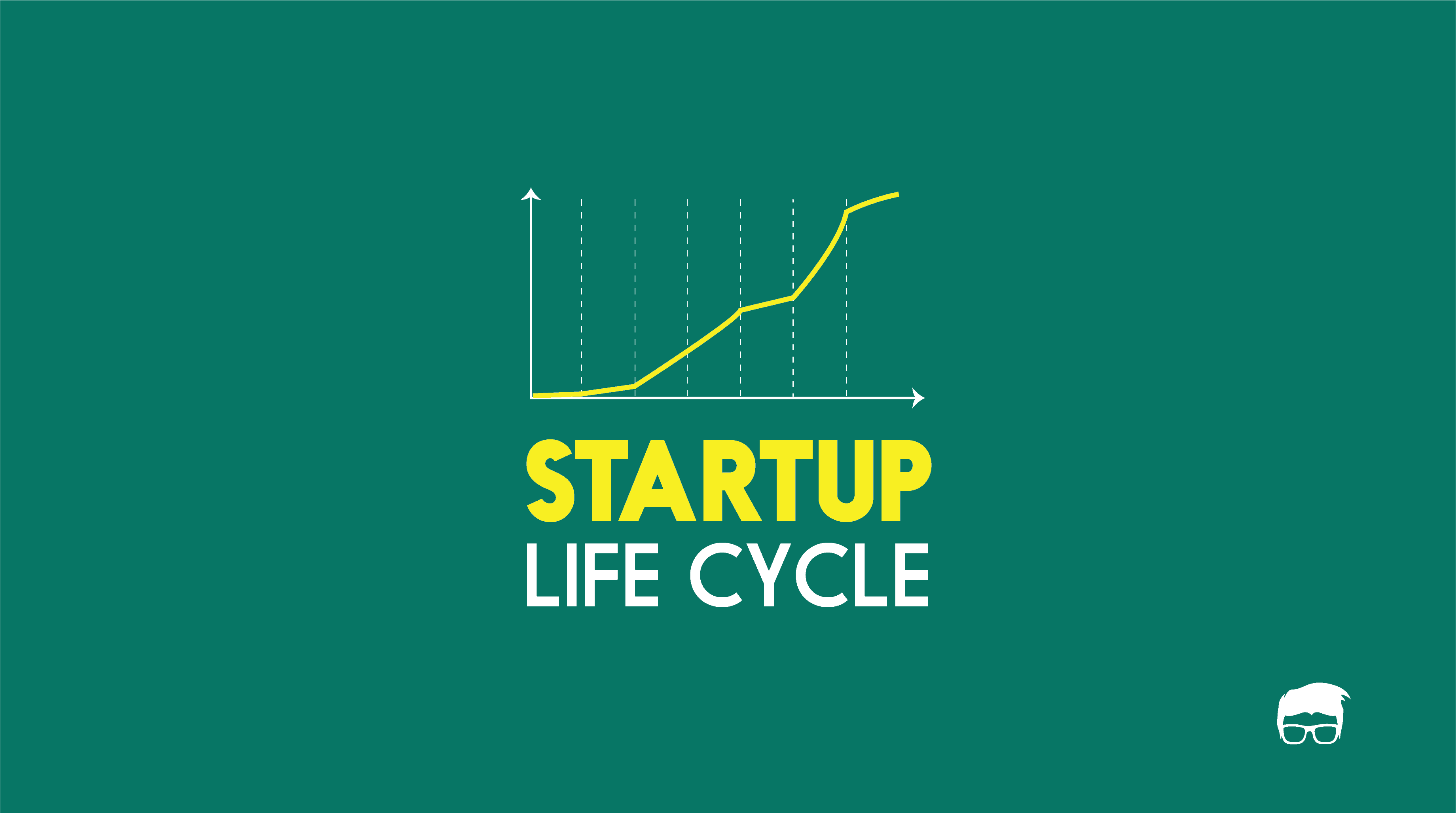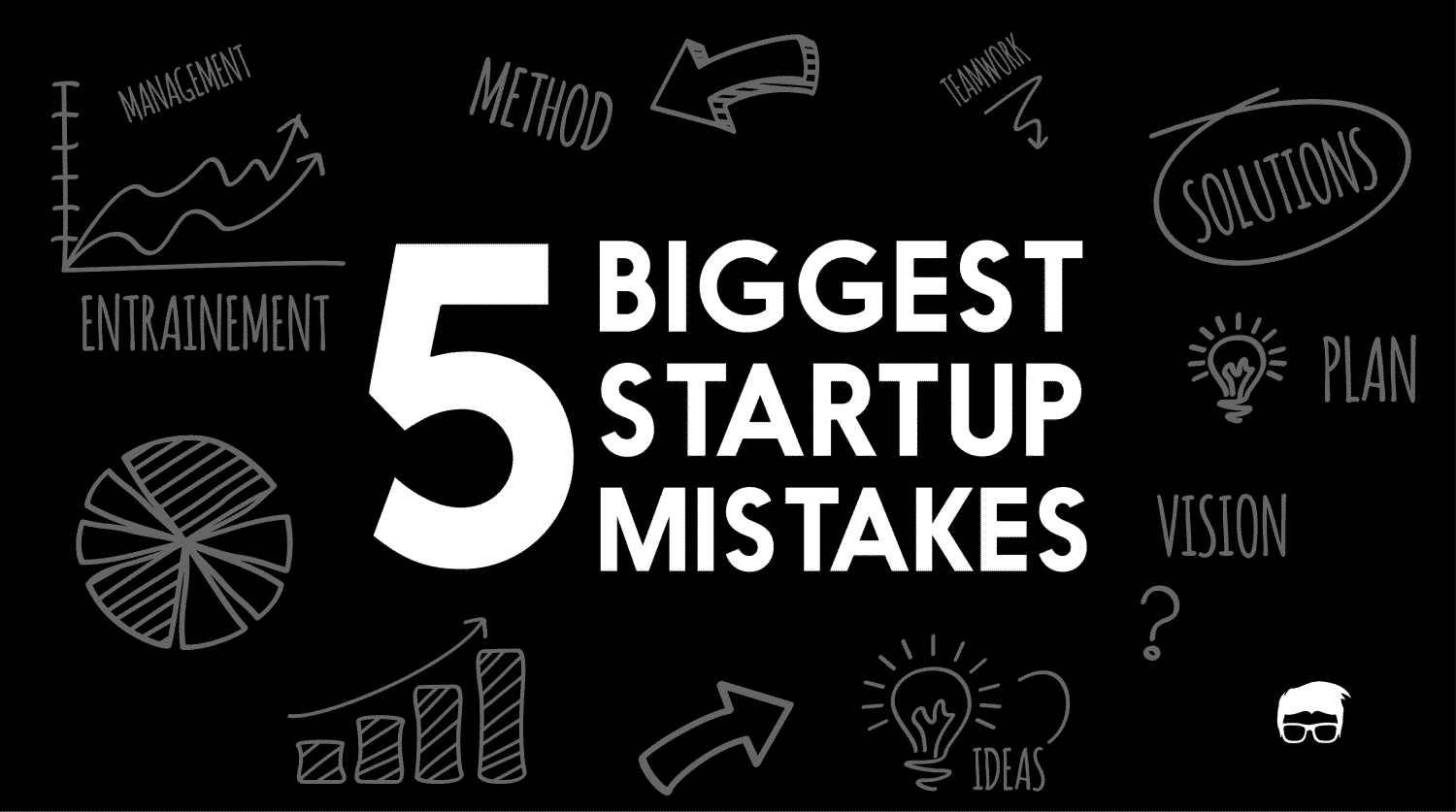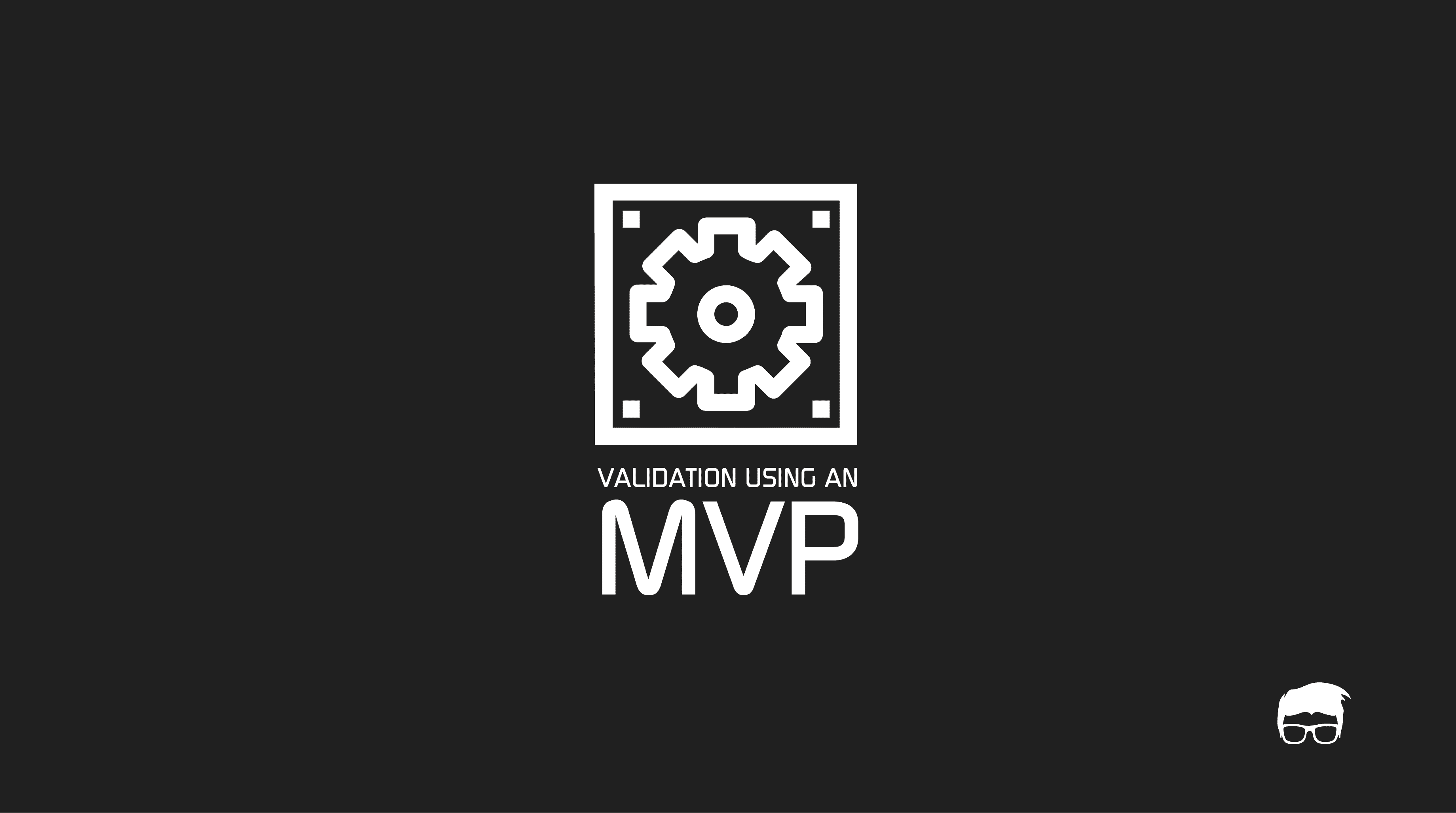A lot of startups begin but fail in the initial years of its inception. About 90% of startups fail in the first 5 years of establishment, and that’s a lot. No one asks the actual reason for the failure. Some talk about less funding while some speak of the various other issues that dwell amongst the entrepreneurs building their startups.
But very few talk about the actual reason – market validation.
What is Market Validation?
Market validation is the process of validating the viability of the business idea in the target market.
In simple terms, it refers to a process of determining whether your business idea is of any interest to your target audiences.
Market validation gets done in the initial days of the ideation phase and before having any significant amount of investment in it. It involves a series of interviews with people from your target market and in-depth research to validate the concept product-market fit hypothesis.
It gives you a better understanding of the target market and what it precisely requires and if your product falls into the same category or not.
Validating A Business Idea – Market Validation Process
Depending on the product and the target market, it takes a month or more than that to completely process and get the result of whether your startup idea will flourish or demands specific changes.
From the positioning of the product to its value statements, you need to figure out the objective of your market validation. Once rightly done, you can move forward and start working on your idea with a clear vision.
Here are 6 steps to help you test waters for your startup idea.
Step 1- Write The Startup Concept
The idea and the concept are two different things. While an idea is just a mental impression of what needs to be done or achieved, a concept is a structure of how it is to be done and achieved. No, a concept is not exactly a business plan but just an essential structure to support the idea.
Developing an offering concept is the first step to looking deep inside the minds of the target market to see if they really need the offering, and if they do, how would they want to position it and buy it.
There are a few questions that you can create and answer them to have a full picture of what precisely you are planning to build and pitch to the prospective customers. Some examples of such questions are –
- Who are your customers?
- What exactly are you going to offer to the customers?
- What problem will it solve?
- How are you going to provide the same?
Once you write it down on paper, the path of market validation becomes easier.
Step 2- Find Your Test Market
It sounds easier than done! One of the critical principles of testing your idea is to put it in front of people and see how many rotten tomatoes you get from them. If you are likely to get claps and nods from people saying, “we like the approach and yes it is something that is going to help”, then be sure that you are ahead in the game.
So, how do you find your market for your product idea? Well, you must have had a problem that you saw and gathered your idea of solving it with your product, right? The market lies in the issue. Find as many people as you can facing the same problem. That is the market you are looking for your product.
Step-3 List Down The Questions
Questions are the most significant part of your market validation. Your startup success depends on the questions you are going to ask your customers to get a better understanding of the problems and how your product will solve them. The queries need to be open-ended.
The questions should make your customers answer about how and why the problem persists and what will it take for them to buy your product. Asking the right questions will help you in the long run, to create a questionnaire based on your product, problem and solution, what customers want, etc.
Keeping basic questions at the start and then constructing questions that do product positioning in your target market helps. Apart from basics, you can add queries such as “if there is this product that could solve your problems, will you buy it?”
List down as many questions as you can to figure the necessary results in a simplified structure with adequate responses from your target market. But keeping a limit to the inquiries is essential. You might have a check on the time limit of each interview.
Step-4 Have Your Questions Tested
It is crucial to know your questions are bringing the results you crave. Running some sample test interviews and reviewing the questionnaire does the work. Keep a checklist of the following and make sure that your questionnaire is abiding by it.
Are you asking open-ended queries to initiate conversation?
Are you looking into the right target market?
What is the length of each interview?
Is there any unnecessary question in the questionnaire?
Are you getting into the details or not?
You can add more checklist to it, but this does most of the work and makes it inevitable for your questionnaire to miss out on any topics.
Step-5 Have As Many Interviews As You Can
Try to conduct as many as possible interviews to get the most out of your questionnaire. More the results from your target market, more is the ability to construct a better final product.
It might become difficult to conduct so many interviews, and for that, you might as well hire a product marketing manager and allow him to do interviews on your behalf.
Interviewing people and asking them the pain points of their problems will get you a mass idea of how can you solve the problem they face with your product.
Step-6 Analyse The Outcome
The result that you obtain out of the interviews can be accumulated and will help you conclude your market validation. You need to find out all the key points and how you can utilise them.
You can also get a clear understanding if your startup idea would be a success and if it has a market or not. This step is crucial as you learn all the essentials answers from your target market. It gives you an objective approach to figure if your product is going to solve problems or will be another brick in the wall.
if you have any suggestions for the topic, please post it in the comments, and we can put it up on our future posts.
Go On, Tell Us What You Think!
Did we miss something? Come on! Tell us what you think about our article on market validation in the comments section.
A startup consultant, digital marketer, traveller, and philomath. Aashish has worked with over 20 startups and successfully helped them ideate, raise money, and succeed. When not working, he can be found hiking, camping, and stargazing.








